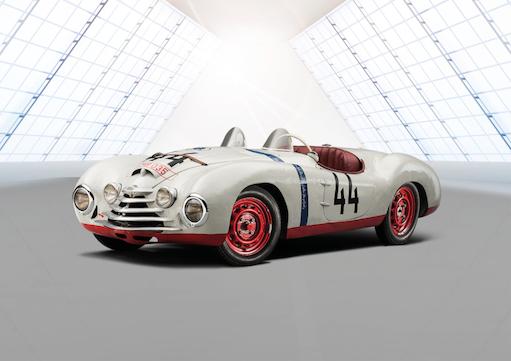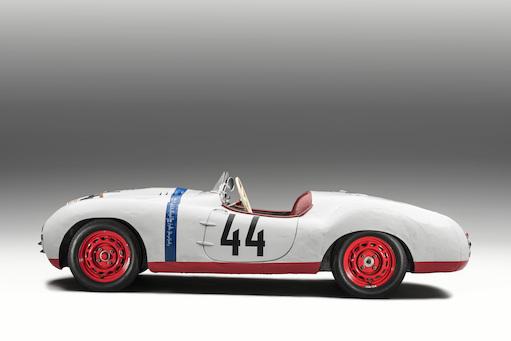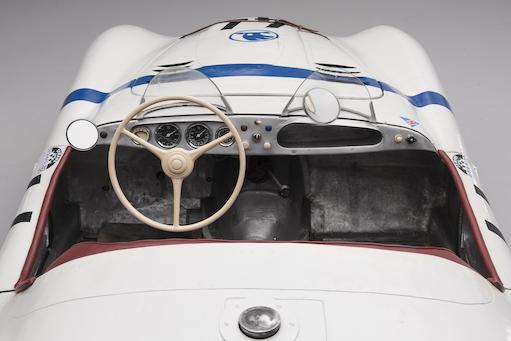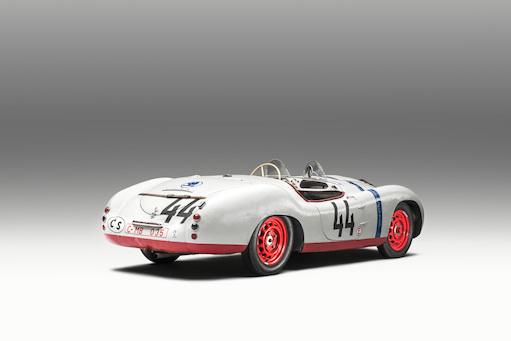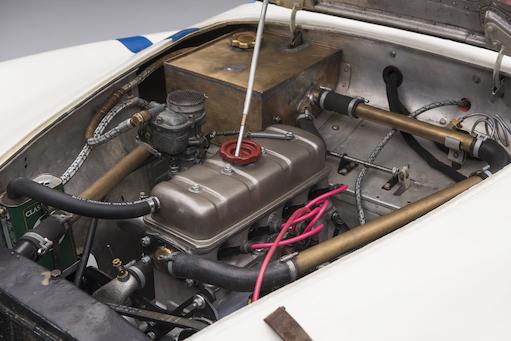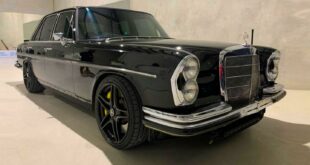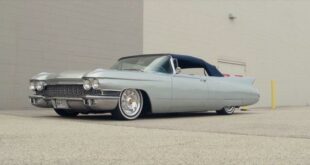Mladá Boleslav, June 30, 2021 - Among the sporty models and special vehicles in ŠKODA's history, the ŠKODA SPORT occupies a prominent position - to this day it is the last Czech automobile to compete with a Czech crew in the famous 24-hour race in Le Mans participated. In addition to the complete selection of images for this press release, the ŠKODA storyboard also contains an extensive range of articles and features on various topics from 120 years of ŠKODA Motorsport. On the occasion of the 120th anniversary of its involvement in motorsport, ŠKODA is presenting 18 special racing vehicles this year, with which the automobile manufacturer celebrated great successes on national and international racetracks.
Skoda Sport from 1949
In the 1950s, motor sports in Czechoslovakia did not seem to have a great future, and motorcycles in particular provided mobility. At this time, however, the first international races are already being held. In 1949, for the first time after the Second World War, the famous Le Mans 24-hour race took place again and the newly founded Formula 1 started a year later.
- The ŠKODA SPORT took part in the 1950-hour race in Le Mans in 24 and is still the last Czech automobile to compete there
- The vehicle held up impressively against the competition before it was eliminated after 13 hours due to a small technical defect
- The ŠKODA 1946 'TUDOR' presented in 1101 served as the technical starting point.
ŠKODA SPORT based on the ŠKODA 1101 'TUDOR'
In Czechoslovakia, too, there was a desire to face international competition with a local vehicle in order to test the longevity of series parts and thus to advertise ŠKODA vehicles abroad. So the decision was made to create the ŠKODA SPORT, a sporty derivative based on the ŠKODA 1946 'TUDOR' presented in 1101. The racing car had a weight-optimized chassis from the ŠKODA 1101. Due to the low vehicle height, the units were arranged differently and the central tube was shortened by 400 millimeters, while the fork of the skeleton frame was lengthened at the front. The designers also adjusted the position of the steering and the pedals. The car received a low, open body that was handcrafted from sheet aluminum.
The tank was relocated behind the two seats, and an electric pump provided the fuel. The grille had five ribs and the headlights were framed in the front. Most of the production parts from the 'TUDOR' were used in the construction of the ŠKODA SPORT, including the 12-volt on-board electronics from PAL or the Barum tires. Two vehicles painted blue with a 1,1 liter engine were built. One of these racing cars was supposed to start in the class up to 1.500 cc and developed 56 hp with an extra built-in Roots compressor, while the car intended for the class up to 1.100 cc had 42 hp without a compressor.
From Brno to Le Mans
Both vehicles competed for the first time on September 25, 1949 at the Brno City Prize, the last Czechoslovakian Grand Prix for monopostos. In the class up to 1.100 cc, Jaroslav Netušil drove to victory in a car without a compressor, while Václav Bobek took second place in a ŠKODA SPORT with a compressor in the class up to 1.500 cc.
For the start in Le Mans, the decision was made to use the vehicle without a compressor and the ŠKODA SPORT was further optimized. In accordance with French regulations and the experience gained so far, the wheelbase was lengthened by 180 millimeters and two additional headlights were installed on the sides of the radiator grille. The vehicle, now painted in national colors, also received a windshield in front of the passenger seat and drove on Michelin tires for its use on the Sarthe. Fully fueled and with tools and spare parts on board that could only be used for necessary repairs during the race, the car only weighed 700 kilograms. The tried and tested, water-cooled four-cylinder engine with a displacement of 1.089 ccm worked under the bonnet, which thanks to a compression ratio of 8,6: 1, a Solex 40 UAIP carburetor and other technical adjustments made 50 HP (37 kW) at 5.200 rpm. performed. With the then common racing fuel - a mixture of gasoline, ethanol and acetone - the ŠKODA SPORT reached a top speed of 140 km / h with a consumption of only 12 liters per 100 km. With a full tank you could drive for four hours in a row - a clear advantage for Václav Bobek and Jaroslav Netušil, who were able to cover longer sections of the route without refueling than their competitors.
The ŠKODA SPORT in the 24-hour race at Le Mans in 1950
The race began on June 24, 1950 at four in the afternoon with the classic Le Mans start - the vehicles were on one side of the circuit, the drivers on the other. With the starting gun they sprinted to their racing cars and jumped behind the wheel. The organizers admitted 112 participants out of 60 interested parties. Václav Bobek and Jaroslav Netušil held their own against the competition for a long time and were soon in a promising position. But after thirteen hours in the race, the car lost power on lap 121 and the team had to retire. The cause was a small technical defect with a broken piston pin fuse. However, only parts carried in the car were allowed to be used for the repair and a replacement fuse was not on board.
Until they left, Václav Bobek and Jaroslav Netušil fought their way to second place in the class up to 126 cc with an average speed of 1.100 km / h. The fifth place in the special performance coefficient rating that was customary at the time was also impressive. With this outstanding performance, it was at best a little consolation that none of the rivals in the class up to 1.100 cc crossed the finish line.
For political reasons, no ŠKODA vehicles entered the next edition of the Le Mans race. Although the ŠKODA SPORT did not return to Le Mans, it did take part very successfully in another 80 races in Central and Eastern Europe in the following twelve years, in which teams from other countries in the Eastern Bloc competed.
Over time, the ŠKODA SPORT was equipped with increasingly powerful engines - most recently in the carburettor version with 120 hp and an engine with two compressors that developed 190 hp. After a few aerodynamic modifications, the Le Mans car set the Czechoslovakian speed record in the class up to 1953 cc in 160,1 with 1.100 km / h. After they were taken out of service at the ŠKODA racing team, the special vehicles went to private drivers who continued to use them in races until 1963. In 2020, the extensively restored ŠKODA SPORT should have taken part in the Le Mans Classic commemorative race on the occasion of the 70th anniversary of its start in Le Mans, which the organizers had to cancel due to the COVID-19 pandemic.
Of course, that wasn't the end of it. Our tuning magazine has tens of thousands of other tuning reports in stock. Do you want to see them all? Just click HERE and look around. Or are you especially interested in our Tuning classics category? Then the following extract of tuned young and old timers is sure to be just the thing to browse.
ŠKODA SPORT (1949): The long-distance runner from the other side of the Iron Curtain
Photo credit: Škoda
tuningblog.eu - on the subject of cars, motorcycles, bikes / ATV / scooters & Co., and of course our passion, the Tuning, we keep you up to date and report daily on cool vehicles from all over the world. It's best to subscribe to ours Feed and you will be automatically informed as soon as there is a new post.
 tuningblog.eu Your magazine about tuning the car
tuningblog.eu Your magazine about tuning the car
